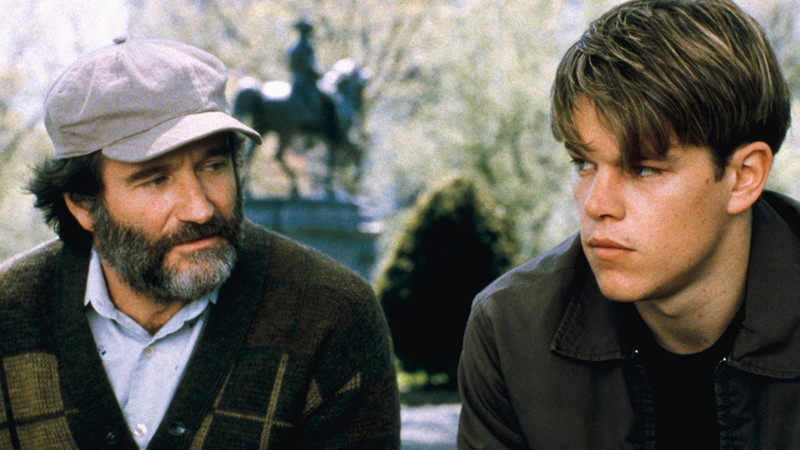
A sort of American Andrei Tarkovsky, Gus Van Sant’s films are characterized by long tracking shots, stretches of unbroken silence, and drifting dream-like cinematography that makes seemingly everyday events something unique and special. Often depicting characters that live on the edge of society–either due to their sexual orientation, purposeful defiance of norms, or from being misunderstood–Van Sant has enjoyed success in both the independent and mainstream film world.
His work can be transgressive at times, if not controversial. He has been a major voice in New Queer Cinema while also finding mainstream success. Although his most recent films have found the director faltering in purpose and story, and with a new film due in 2018, Van Sant is still a major voice in American cinema and one whose work has mostly succeeded instead of failed. Let’s take a look at this unique director’s films from worst to best and see exactly what makes Gus Van Sant an influential, original, and overall masterful director.
16. Even Cowgirls Get the Blues (1993)
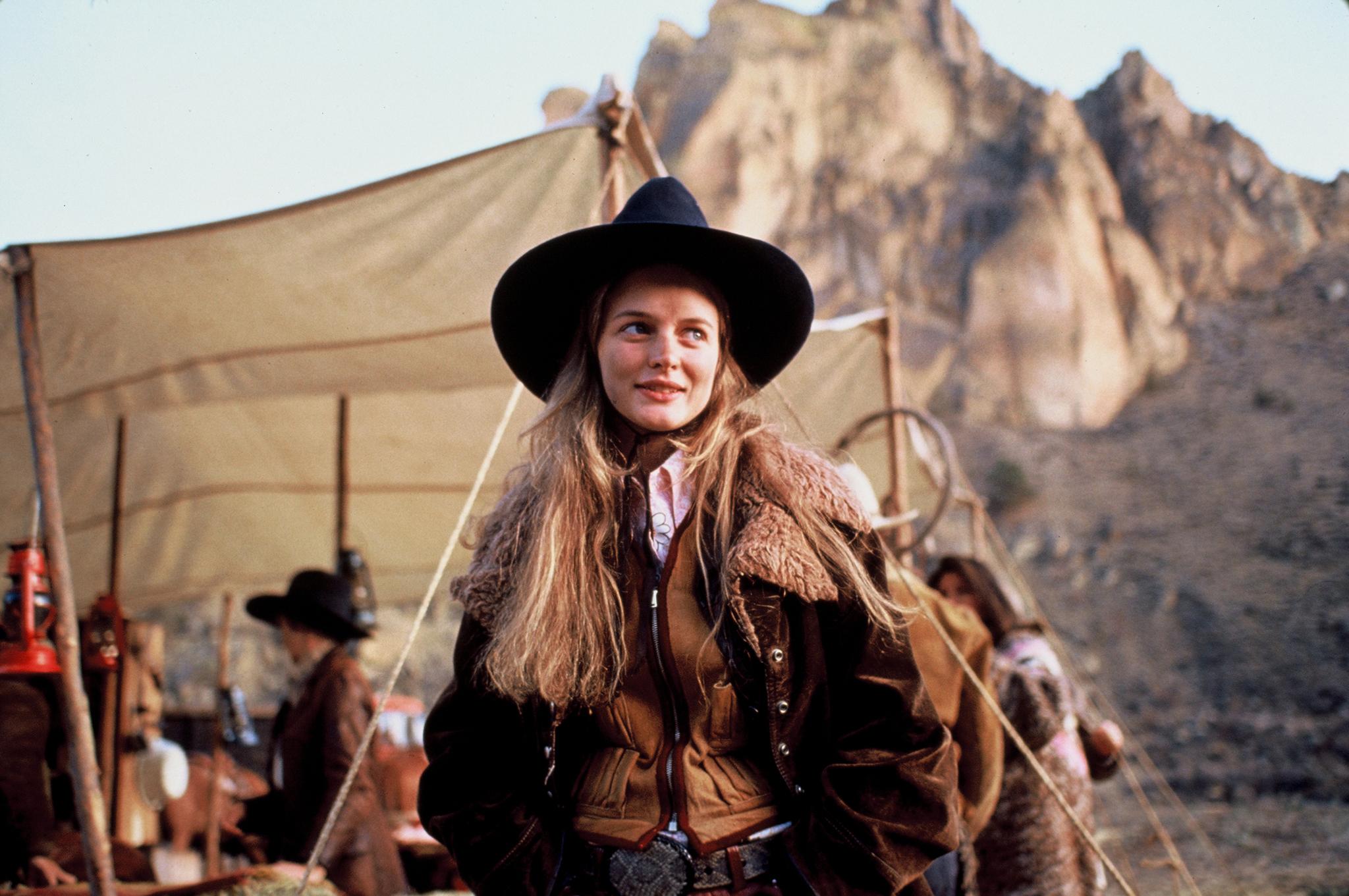
The celebrated American novelist Tom Robbins is best known for his odd and darkly humorous work that depend heavily on his gift for phrasing and prose, reworking the devices of fiction, and the structure of novels themselves–which work great on the page but makes it difficult to adapt to the screen. Especially since the one novel of his that has been adapted to film–Even Cowgirls Get The Blues–is a wildly surreal counterculture novel following the adventures of Sissy Hankshaw, a woman who was born with enormous thumbs that hitchhikes across America, works on an all-woman ranch, and encounters a variety of odd characters along the way.
Gus Van Sant didn’t seem like the best first choice for the material, considering that his work is characterized by long, dream-like shots, holding a quiet, philosophical tone, and their meticulous pacing, whereas Even Cowgirls Get The Blues is a scattershot and often over-the-top transgressive tragic comedy. And indeed, the film adaptation is nearly unwatchable: narrated by Robbins and starring Uma Thurman as Sissy, the 1976 novel did not translate well to 1994.
Its hippie ethos and perspective came across as dated rather than daring while Thurman never quite figures out how to play a character that could only exist on the page. In fact, the challenge of adapting Robbins’ often bizarre story to the screen is one that turned out to be insurmountable: the humor of the novel comes across as embarrassing on-screen while the book’s ideas on feminism are firmly rooted in “radical” 70’s second-wave feminism.
Not only is the viewer confused about what’s happening for most of the running time but even Van Sant didn’t seem to know where this shaggy dog story was headed. It tanked at the box office, is regarded as one of the worst book-to-film adaptations of all time, and is easily Gus Van Sant’s worst movie.
15. Gerry (2002)
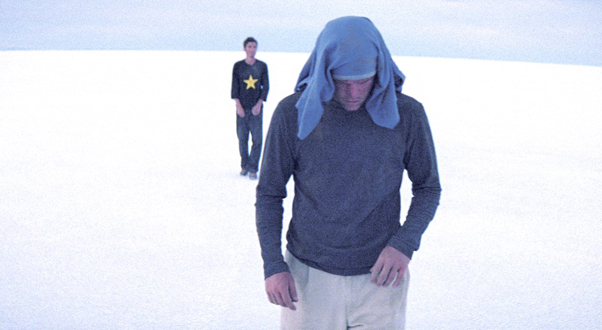
Van Sant’s work is often characterized by its deliberate pacing, where he sets a meditative tone filled with long shots of characters and settings. His “Death Trilogy”–comprised of the films Gerry, Elephant, and Last Days–are perhaps the epitome of Van Sant’s sometimes glacial pacing, but of the three Gerry challenges the audience’s patience with this technique.
Following two friends, both named Gerry, as they get lost in the desert for days and eventually grow weaker as they have no food or water, Gerry is a non-narrative film to the extreme, comprised of long, unedited shots of these two men (played by Casey Affleck and Matt Damon) as they walk through the desert. And walk. And walk. Mostly in silence. It’s an experimental film but not a particularly interesting one.
Although Van Sant has used slow long shots masterfully in his work, often to reveal a stark truth about life or the story being told, Gerry is a nearly unbearable-to-watch film. While there’s something be said in this movie–about stillness and environment as part of storytelling–unfortunately it’s not something particularly interesting.
14. The Sea of Trees (2015)
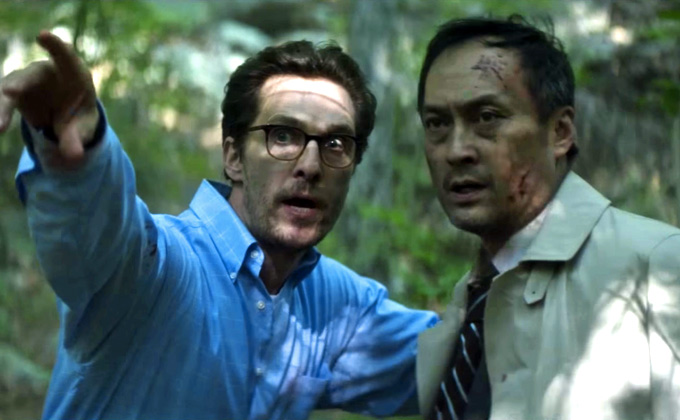
The Aokigahara forest in Japan, known as the “Suicide Forest,” is a notorious location in the world where numerous suicides occur on a regular basis. Such a place has the potential to be the setting for a searing drama about emotional pain and the environment in which this takes place. Instead, it’s about an American man named Arthur (Matthew McConaughey), who travels to the forest to kill himself. There, he encounters Takumi (Ken Watanabe), who is there to do the same.
The two men bond while also finding themselves ironically trying to survive their time in the forest, where they have become lost. As Takumi falls ill, Arthur races to find his way out of the forest to find help for his new friend. The twist final act of the film casts all of the events that preceded it into a new light–but one that’s not particularly satisfying. Critics felt the same, finding a film that was made for nobody in particular and ends up negating its first two acts with a third act reveal that’s both hokey and nonsensical.
13. Psycho (1998)
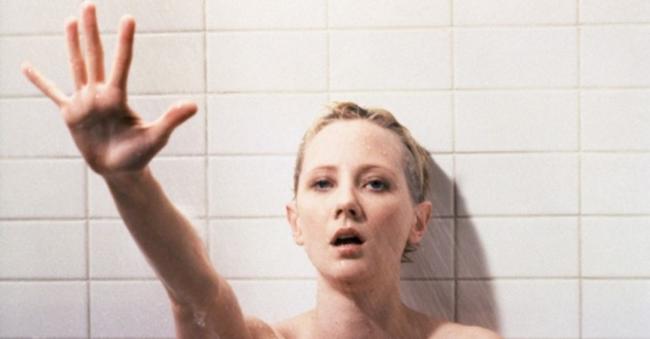
As a prime example of pointless remakes, Gus Van Sant directed a nearly shot-for-shot remake of the classic 1960 Alfred Hitchcock thriller Psycho. Surely the story is familiar: a young woman is murdered by an innkeeper’s overbearing mother and the investigation into the murder reveals that the innkeeper is actually insane and dresses like his deceased mother (whom he keeps preserved in his house) during psychotic breaks from reality.
Hot off two critically acclaimed successes–To Die For and Good Will Hunting–Van Sant had the freedom to choose any project he wished. Why he remade Psycho is a curious wish to fulfill. Was it to study Hitchcock’s techniques? Did he think this was a commercially viable idea? Was this just an experiment? Whatever his reasons, the film tanked at the box office and was (rightfully) savaged by critics for the pointlessness of the entire endeavor.
12. Promised Land (2012)
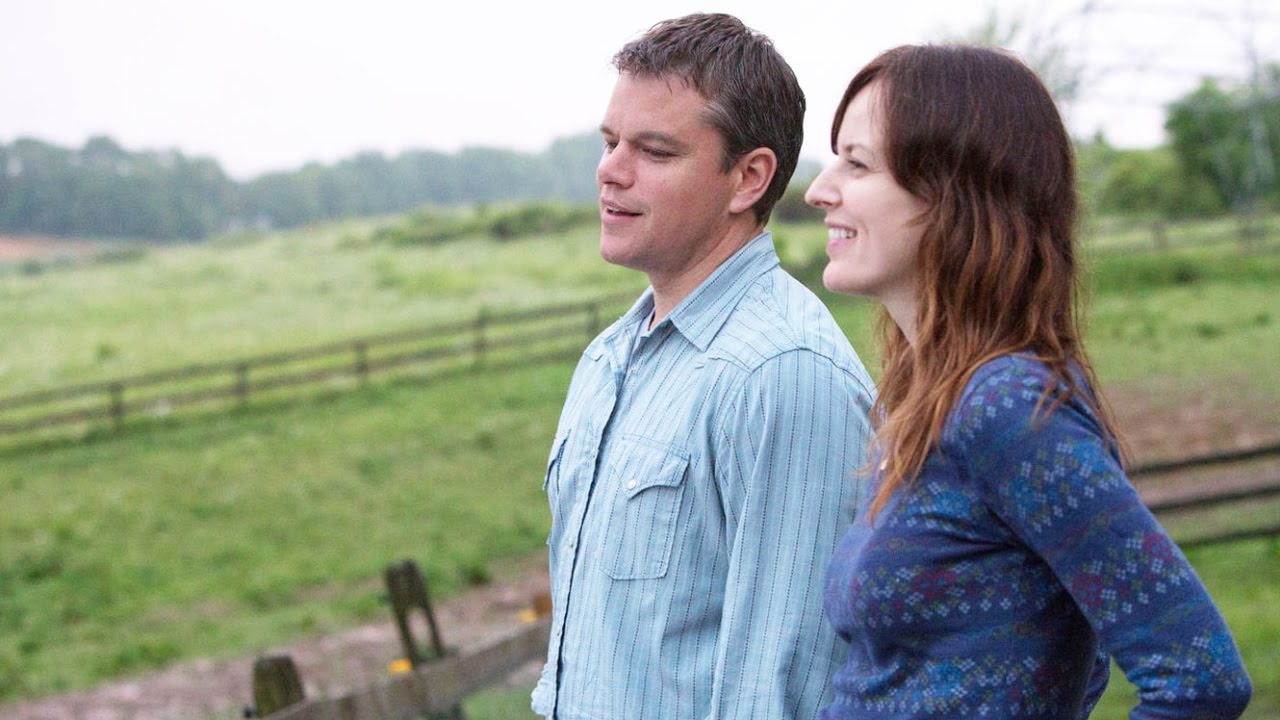
Fracking has become a flashpoint issue in the 2010s, and the process by which pockets of natural gas are accessed by fracturing rock with highly pressurized liquid has become controversial due to its detrimental effects on the environment.
Promised Land–co-written by and starring Matt Damon and John Krasinski–follows the conflict that arises in a struggling Pennsylvanian farming community when Steve Butler (Damon), working on behalf of an energy company, offers its landowners a much-needed infusion of cash for drilling rights. However, environmental activist Dustin Noble (Krasinski) shows up and begins to stir residents up against taking the deal–or so it seems.
With a twist in its final act, which–much like The Sea of Trees–throws the film’s preceding events into question, Promised Land is a relatively simple story that also seems somewhat pointless. By using a present-day problem like fracking as a MacGuffin instead of its focal point, Promised Land is a character-driven drama in need of a story, instead making this yet another entry in Van Sant’s later career of making movies that seemingly appeal to nobody.
11. Restless (2011)
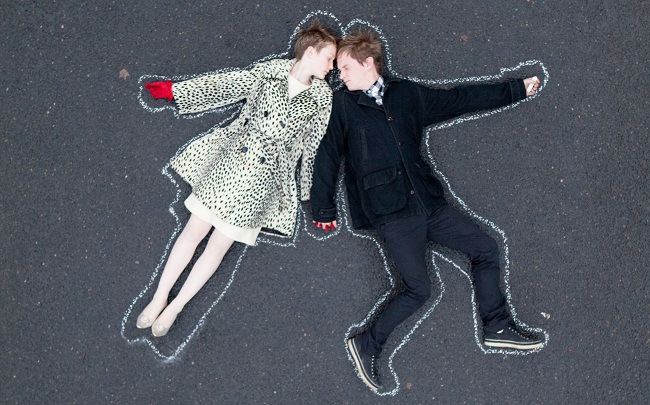
A young man who attends the funerals of strangers and has a ghost for a friend (it makes sense in the film) meets a young woman who works with children that have cancer. They begin a romance in spite of the young woman revealing that she also has cancer. As their love affair deepens, she learns she only has three months left to live. The young man must deal with the reality of the death of the woman he loves, something that he had only confronted in a detached manner before.
It’s a film that focuses on death, both as an abstract concept and as an unavoidable reality. And while Mia Wasikowska delivers a strong performance as the dying young woman, like many of Van Sant’s later films, there’s an air of pointlessness to the whole endeavor. While visually satisfying, these days Van Sant seems to find how he shoots a film far more interesting than what the film’s actually about.
10. Finding Forrester (1998)
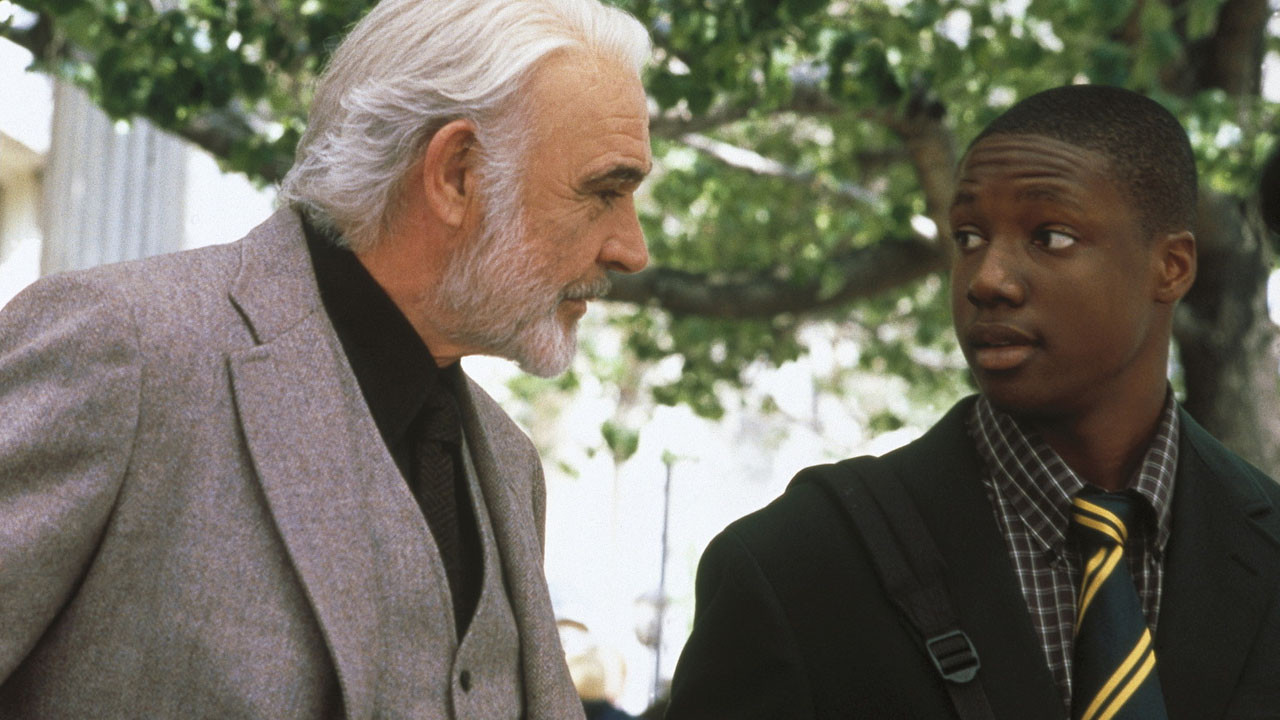
Even if you’ve never seen this film, you know at least one line from it that has since gone memetic and even inspired a popular online image board: “You’re the man now, dog!” But this film is more than just a silly line spoken by Sean Connery: instead, it’s about the bond a reclusive writer (Connery) forges with an African-American teenager (Rob Brown) and the passion and frustration that comes with writing and finding one’s identity.
A well-made film that found great commercial and critical success upon release, Finding Forrester was made with the same sensitive themes that Good Will Hunting had, dealing with the healing power of an emotional connection made between two men. Although it may be perhaps Van Sant’s most mainstream film, it should rightly be remembered for more than just one line of dialogue that is slightly less silly when heard in its proper context.
9. Paranoid Park (2007)
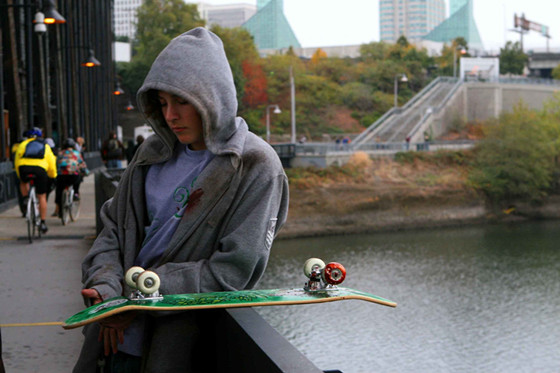
A 16-year-old skateboarder who rides the subway without purchasing a ticket gets into a fight with a security guard and accidentally knocks him onto the tracks, where he’s run over by a train. Although the police suspect him, there is no hard evidence to trace him to the guard’s death. He feels anguish over the incident, which begins to affect the relationships in his life.
Van Sant is at his best when externalizing the internal conflict of his subjects, and Paranoid Park is one of his best in this regard. With his always-brilliant cinematography and delicate pacing, combined with a captivating performance by Gabe Evans as a disaffected teenager holding onto a dark secret, Paranoid Park is Van Sant experimenting with the form–and largely succeeding.